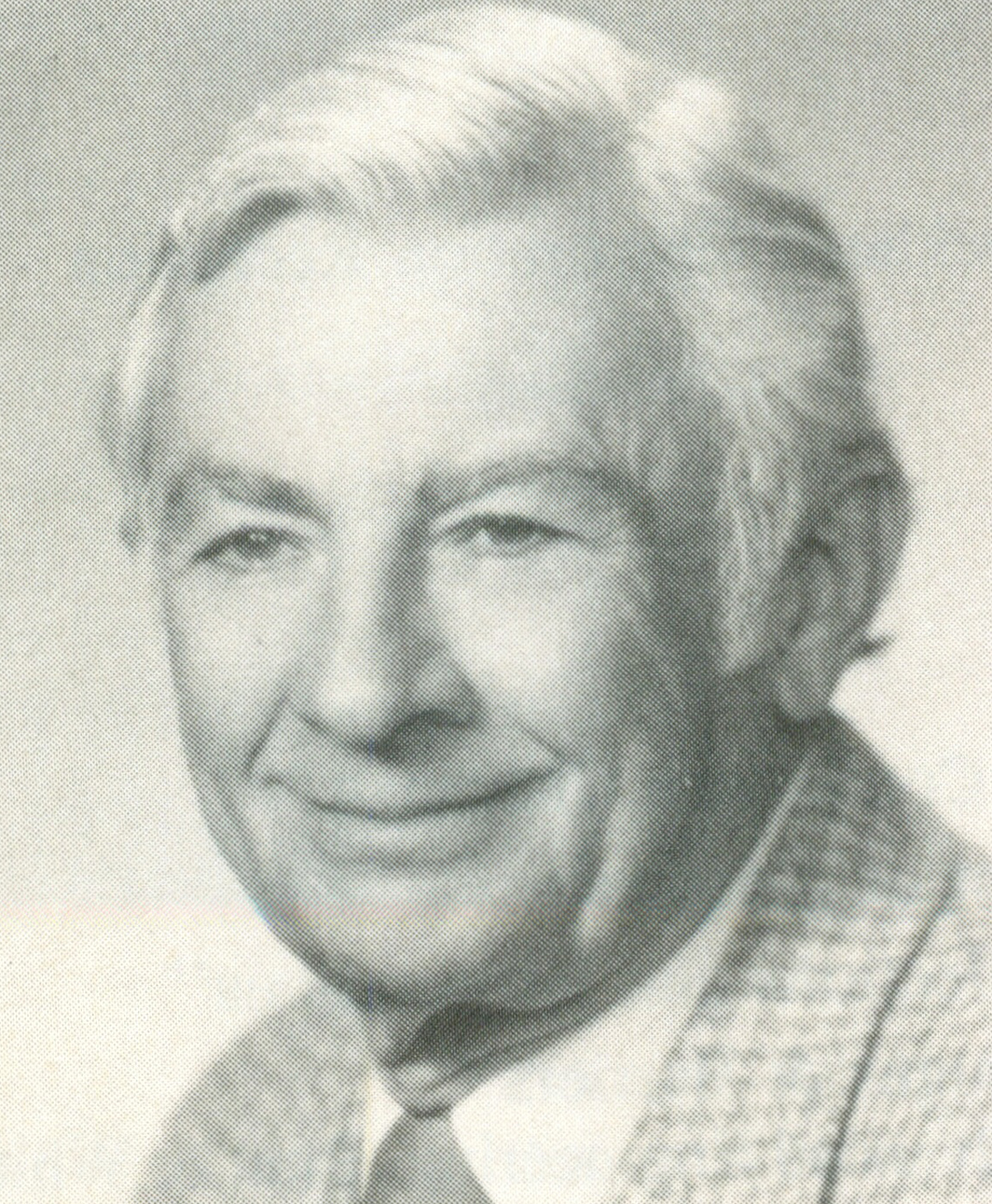
Gilbert DeVore founded DeVore Aviation in 1954 as a consulting business. In 1968, he transformed the company into an aviation products firm.
Gilbert DeVore, founder of DeVore Aviation, died in Gilbert, Ariz., on February 2. He was 89.
A native of Chicago, DeVore graduated from Purdue University, where he earned an engineering degree with honors. His first job was with Curtiss-Wright in Buffalo, where he worked on the design of a number of World War II aircraft including the P-40.
In 1943, DeVore wanted to join the Navy, but the National Advisory Council for Aeronautics put him to work at their Langley, Va., facility for two years. He then went on to work for Sherman Fairchild and later for the Civil Aviation Administration as a test engineer. He spent six years certifying helicopters. He left the CAA to form his own business.
He founded DeVore Aviation in 1954 as a consulting business. Arnie Robinson, a structural engineer, became a partner in the company in 1960. (Robinson died in 2005.)
In the late 1960s, there were more than 40 engineers on the staff. But in 1968, DeVore made the decision to transform the company into an aviation products firm. The company’s first product was JATO (jet assisted takeoff), a rocket booster installation that helped airliners operate out of high, hot airports and to takeoff with heavier loads on runways of marginal lengths.
Early that year, DeVore acquired the product by hiring Ed Rice, manager of the JATO division of Aerojet General, which had the rights to the product that had been used by the Air Force during World War II. Rice brought the rights to JATO with him and became vice president of marketing for DeVore Aviation.
Later that same year, DeVore bought PK Floats and expanded its product line.
In the early years of the company’s history, he worked on proving the feasibility of the Custer Channel Wing, a short takeoff and landing aircraft. He also worked on an in-flight simulator in a Convair 580 with a Boeing 707 nose, a project that received a great deal of publicity.
Another notable project on which DeVore worked was the development and certification of the Umbaugh autogyro, which became the Air & Space 18-A.
The product for which DeVore is best known is Tel-Tail vertical tail floodlights. In 1969, the company, with offices in Roslyn Heights, Long Island, N.Y., opened a California office in order to get more West Coast business.
After the move, Purex, which owned Pacific Airmotive, an FBO that operated a modification center, decided to close down the aviation division. DeVore hired the Pacific Airmotive people. One of the modifications they had worked on was a wingtip light, which was aimed at the vertical tail of the Playboy DC-9 in order to illuminate the Playboy bunny. They had obtained a one-time STC for that installation.
It was suggested that DeVore seek STCs for airliners, and he gave the OK to go ahead with that effort. Today, Devore holds over one hundred STCs for every type aircraft from the Cessna 150 through the Boeing 747, including dozens of models of business jets.
Although they’re no longer the company’s number one product, Tel-Tail lights are still one of their top products. The company expanded its outside lighting line and now produces recognition (strobe) lights, landing lights and a full line of helicopter lights, which now dominate its sales.
In 2000, the company sold its PK Division to Alton Bouchard in Lincoln, Maine, who operates under the name PK Floats, Inc.
Another of the company’s products is PLASI (pulse light approach slope indicator), which Gil DeVore worked tirelessly to perfect and promote. The system is installed at hundreds of airports, but the bulk of the sales today are overseas.
DeVore leaves his wife, Joan, a son, Robert, daughter-in-law, Anna, and four grandchildren.











